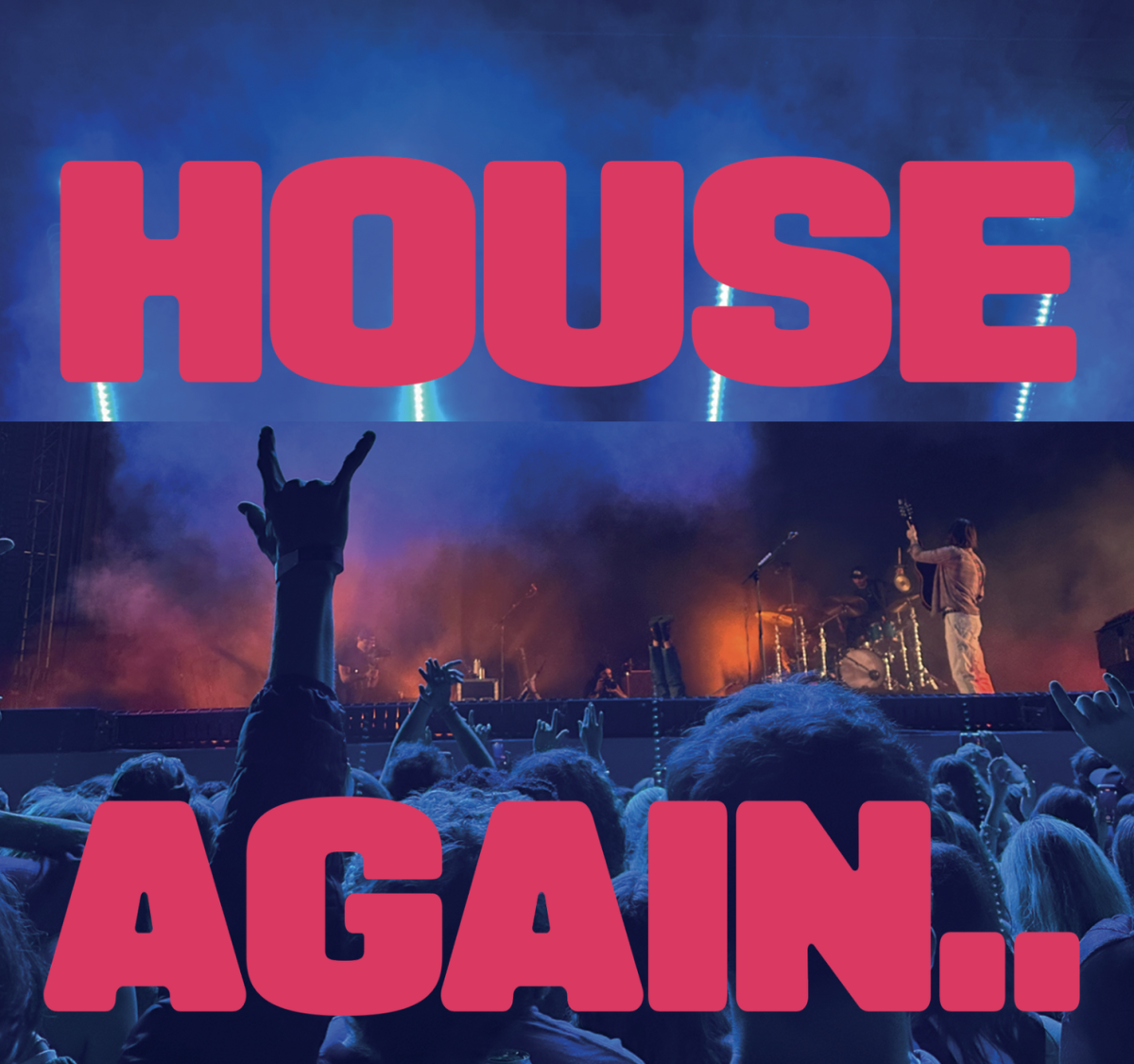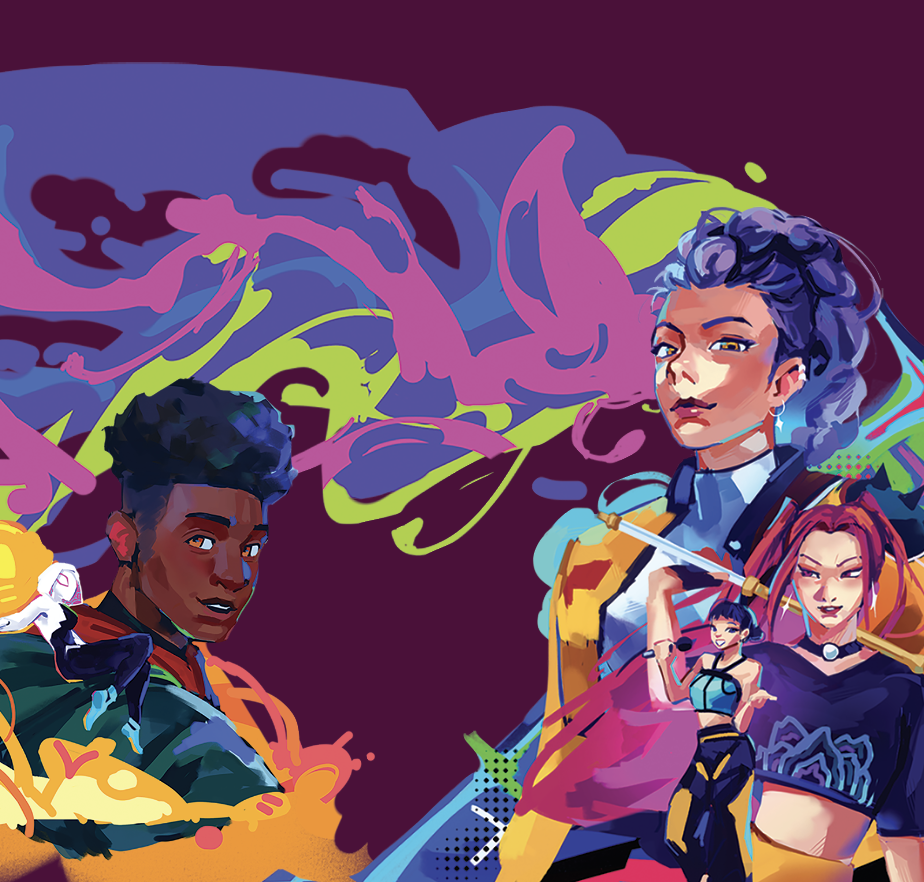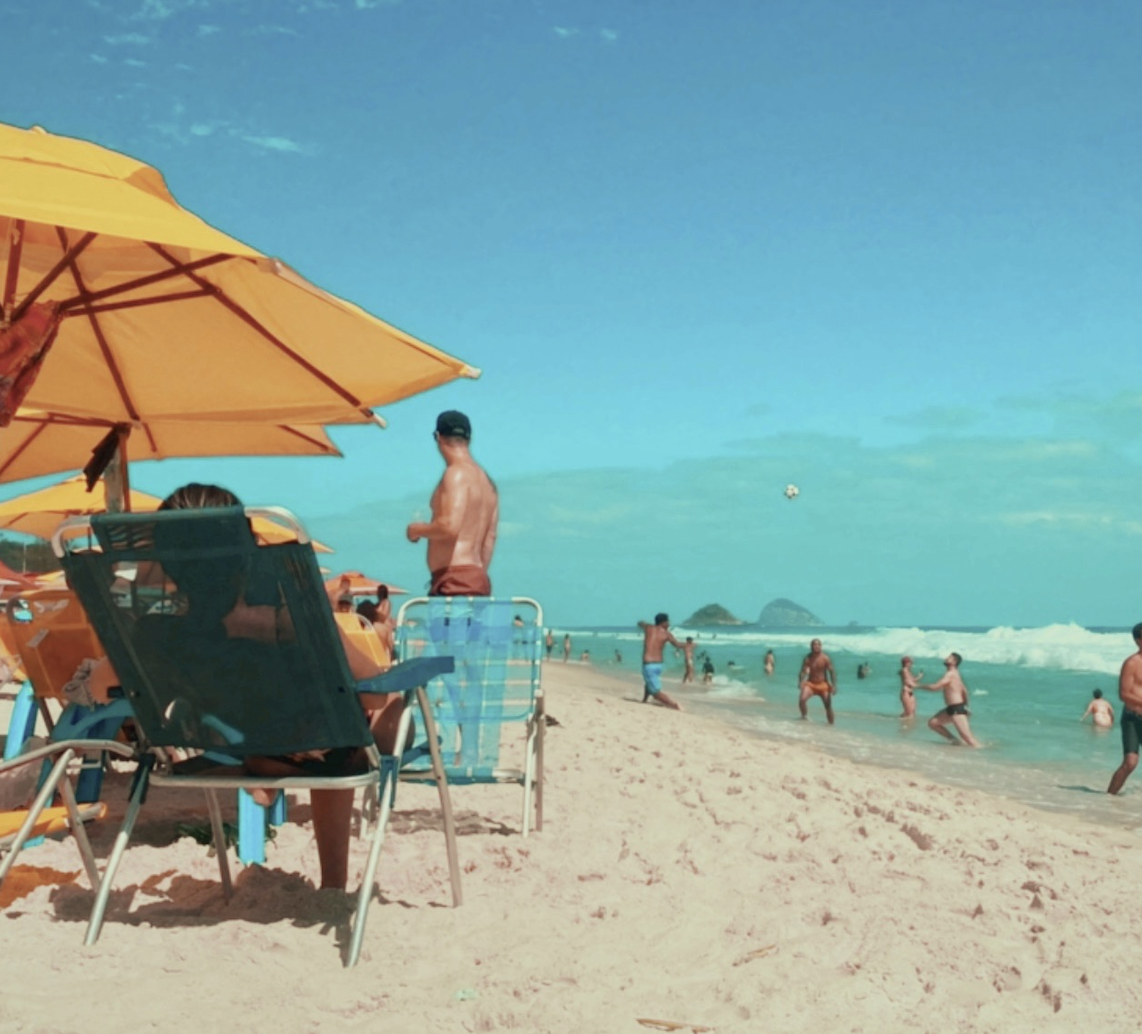Dozens of kids swarm around the senior deck, posing for photos and excitedly talking to classmates in a frenzy on the first day of school. All of them wear pants with the same pattern, a tradition passed down for years preceding: camouflage.
Some believe that the tradition of wearing camouflage pants is to show the status of senior high school students. Paly history teacher and 2014 graduate, Corbin Dobb Believes it’s a tactic to purposely display the seniors’ power as the oldest of the school.
“You come to school as a freshman and you see all these people who are way older than you dressed like they’re in the army,” Dobb said. “I think that’s an intimidation tactic, or at least, can have the effect of feeling like an intimidation.”
2019 Paly Graduate, Sarah Mitz, remembers feeling this way as a new freshman who was not aware of the tradition.
“I remember the first day of freshman year I … saw all these people in camo and they just felt so much older, and they looked so cool,” Mitz said.
Paly Alumni Megan Freier says that a main reason she had heard about the camouflage tradition was because of the style of Banana Republic.
“I did have camo pants, and it was because Banana Republic was a brand new store when I was in high school and all of the clothing was very safari-based in its style, which is much different than what it is today,” Frier said.
As the decades have gone by, the camouflage tradition has grown to be a staple for Paly students to look forward to in their senior year. With that, the style has also tremendously evolved following the modern day styles.
Students now wear the camouflage pants with Nike pros and other camouflage accessories, straying away from the 80’s trends. But in years as recent as 2014, there still have been bits of the 80’s trends incorporated into the camouflage tradition.
“One year some students came in [to Paly] not just in camo, but looking like plants,” Dodd said. “They were wearing full on grass outfits.”
Sam McBride, Paly graduating class of 2018, felt as if the traditions gave her an exciting way to look forward to senior year in her earlier years of high school.
“I remember the older students celebrating these monumental moments in their lives — last first day of school, last few finals of high school, last day of school,” McBride said. “It made me so incredibly excited to look forward to growing up, maturing and recognizing that time goes by fast and special moments should be cherished.”
With the years of seeing seniors wearing camo, getting to participate in wearing camouflage can feel like a reward for completing the first three years of high school.
“I think it’s [wearing camo] nice as something that you earn,” Dobb said. “I came to this school and saw this marker of status or having spent good having reached like your senior year at the school, is that you get to wear this camo on the first day of school or during spirit week.”
While the tradition of wearing camouflage has brought joy and excitement to high school students, some see it as a sign of disrespect to the military members who wear the uniform when serving. Nadia Soberg, a 2024 Paly graduate, is of this opinion.
“For me personally, when I think of camouflage, I associate it with being the uniform that our military personnel wear in combat situations,” Soberg said. “I don’t feel super comfortable wearing it in this tradition in the same way that I don’t really feel comfortable with camouflage as a fashion trend in general.”
With opting out of the camouflage tradition, Soberg felt out of place in some situations, but she believes there are other ways to participate for students who share her same view on the tradition.
“It’s a bit jarring when the vast majority of the class is in a specific uniform, and especially one that is so recognizable,” Soberg said. “I tried to always wear something that was in the color scheme but that wasn’t actually camouflaged so that I could still kind of participate, in that sense.”
While some see the tradition as solely a fashion trend, others believe there is a bigger meaning behind the clothes. Mitz finds the tradition special as a way to celebrate matching with her fellow peers.
“I don’t think the camo is what makes it special but [that it is] something that only the seniors wear,” Mitz said.
Soberg believes there could be another way seniors dress up and still stand out and celebrate throughout their senior year. However, she believes it would take communication and meetings for there to be any action, and that this issue should be handled by the senior class themselves.
“I would prefer for the leadership to come from within the senior class and not the administration,” Soberg said. “Maybe there could be some sort of vote on alternative traditions.”
Before the tradition of seniors wearing camouflage began, many traditions came and went. 1994 Paly graduate Dona Tversky remembers other senior traditions before the camouflage emerged.
“One thing that we did that you guys won’t have anymore is this thing called ‘the wall,’” Tversky said. “You could only hang out there if you were senior, and it was a really big deal on the first day of senior year, everyone takes it over.”
While in her high school days there was not a camouflage tradition, she sees similarities to current assets at Paly like the “senior deck.”
With the stress of academics in high school, some feel it is nice to have traditions as a part of their high school experience.
“It is very heartwarming to hear that Paly is preserving traditions,” McBride said.
While some controversy surrounds the tradition, Paly graduates recognize wearing camouflage as a core high school memory now that they have moved on in their lives.
“The camo tradition has reminded me of all those special moments with my childhood friends, neighbors and families that were all part of the Paly community,” McBride said. “It’s a nice way to look back on my high school years.”
[ngg src=”galleries” ids=”69″ display=”basic_thumbnail” thumbnail_crop=”0″]DONE FINAL!!










